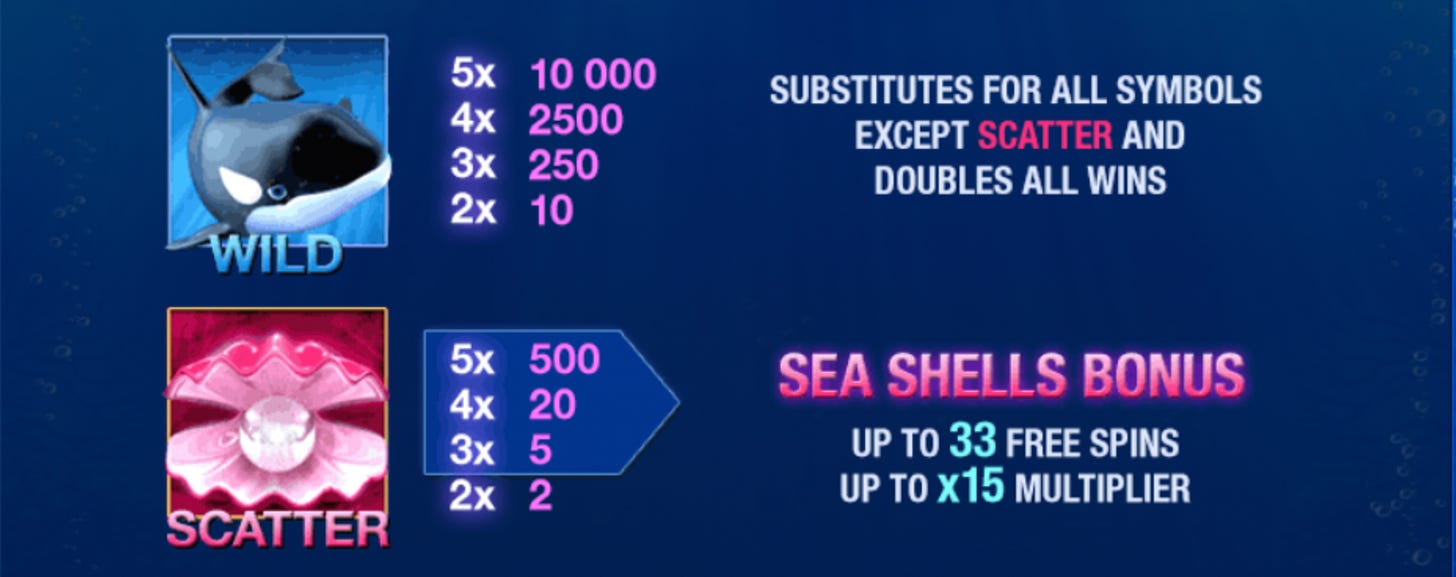Playing with an Edge in Slot Tournaments: $1,8M in 14 Months. Part 3
The next chapter in our race for an edge
Previous parts: Part 1 | Part 2
The Sixth Race: Uncertainty
After the fifth race, we were on an emotional high. Emerald King Rainbow Road had brought us over $200,000. But I knew it wouldn’t last. The casino had clearly noticed that all top wins were coming from the same slot.
And that’s exactly what happened. At the end of January they announced the sixth race. I immediately opened the list of eligible games, scanning for familiar titles. Emerald King was gone. As before, we had one week to prepare.
I opened our Google Sheets file to mark which slots had been removed and to add the new ones. Meanwhile, the data-parsing process was crawling. Most of my time went not into analysis, but into managing programmers. The results were often messy or irrelevant. Things kept breaking. Some people didn’t want to work on it anymore, and we constantly had to look for replacements and verify every output by hand.
We tested around twenty slots—nothing clicked. Low volatility, small wins, nothing that came close to Emerald King or Dead or Alive 2.
Eventually we narrowed it down to two candidates. The first was Star Joker by Play’n GO, with a max win of 5,000х every 180,000 spins. Good math, but not enough to get near the top ten.
The second looked more promising for a win, but made no mathematical sense at all: Great Blue by Playtech, with a potential of up to 150,000х.
The problem was no one knew the real odds. In theory it sounded perfect: play one payline, trigger the bonus, land a 15х multiplier, collect five sharks—10,000х total—and hit 150,000х overall. Sounds simple. In practice, Playtech encrypted all server responses. Extracting meaningful data was impossible. We couldn’t estimate real probabilities.
We collected about 20,000 spins, looked at the variance, and decided to go for it.
Competitors Take the Lead
On the very first day someone hit exactly 15,000х. Where did that happen? Did someone find the right slot already?
The only game that matched was Crystal Quest: Arcane Tower by Yggdrasil—its maximum win was 15,000х. Every other slot had a higher or lower cap.
I double-checked our data on it. Even if that 15,000х came from Arcane Tower, the odds were slim. Our dataset: one million spins, and the best result we’d ever seen was 1,177х. Maybe someone got insanely lucky… or maybe we just didn’t collect enough data.
If the max win dropped once every 400,000 spins (like Emerald King Rainbow Road), the mathematical chance not to see it in a million spins was 8.4%. If it was rarer, say once every 500,000, that chance rose to 13.5%.
Meaning: about one in ten times, after grinding a million spins, we’d see no max win and assume the slot was worthless. I realized that only now, while writing this text—back then we just kept chasing sharks.
A few days later, a new leader appeared with a 20,000х hit. Our best score was 8,173х, and hopes for a top finish were fading fast. We needed to figure out what slots were producing these numbers—and whether it was luck or a pattern.
Keep reading with a 7-day free trial
Subscribe to Casinos Hate Winners to keep reading this post and get 7 days of free access to the full post archives.


